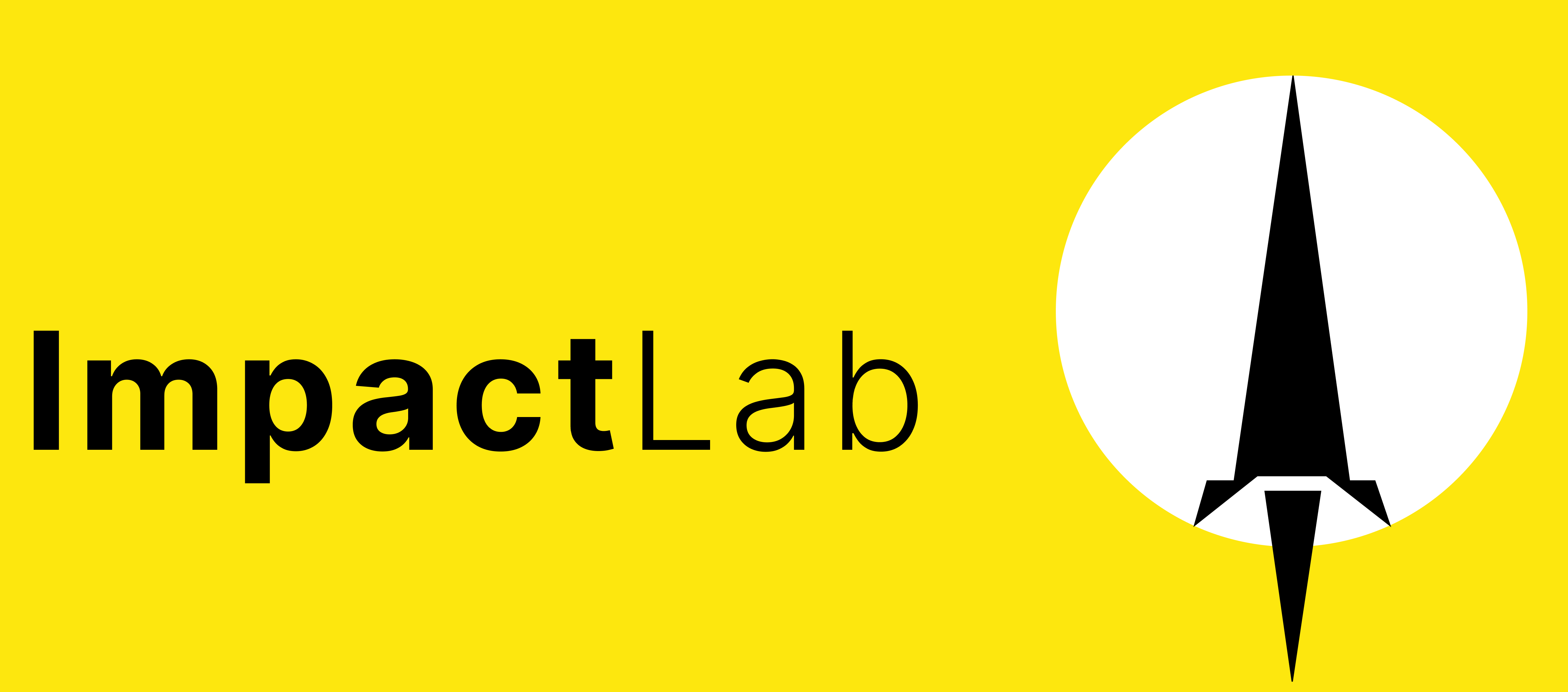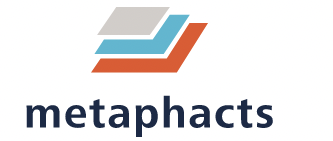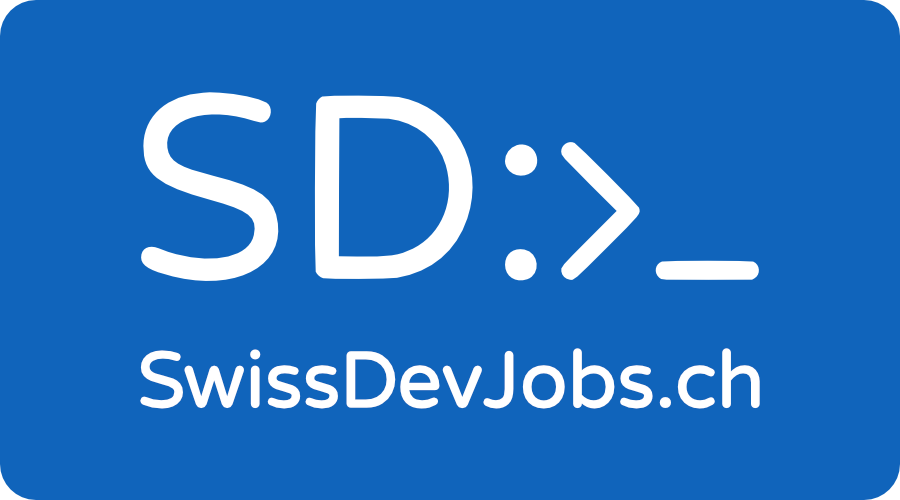MAKE stands for Machine leArning and Knowledge Engineering – the challenges that we address during the two-day MAKEathon will benefit from a combination of machine learning and explicit knowledge.
The event will be held physically, registration is mandatory.
Where?
The event will take place in the main building of the FHNW University of Applied Sciences And Arts Northwestern Switzerland, Olten (CH).
What makes MAKEathon special?
“MAKEathon aims to generate AI-based solutions that address social and company challenges by combining the strengths of Machine Learning and Knowledge Engineering”
Motivation & Background
Organizations from both research and industry are more than ever seeking to leverage AI solutions to get a competitive edge. Experience in the practice of Artificial Intelligence has shown that there is no “one-size-fits-all” solution.
Many AI solutions often consider machine learning approaches only. Machine learning (GenAI, Neural Networks) helps to solve complex tasks based on real-world data instead of already existing knowledge or pure intuition. It is most suitable for applications in which we are not aware of the knowledge we apply or when knowledge is not known. Think of face recognition, which allows a system to detect and identify people on photos. The larger and the more accurate the training set, the better the outcome. However, if a new scenario (not foreseen in the training set) occurs, the ML-based object detection algorithm may fail by making the wrong classification (e.g. taking the picture of a person on a street advertisement for a real human being). This shows that data-driven solutions are far from being intelligent as they need a huge amount of data to achieve accurate conclusions.
Additionally, there are application areas in which it is important that machines can explain their suggestions. This is particularly the case when decisions can have serious consequences like in banking, insurance, or medicine. In medicine, for instance, a physician might not accept a diagnosis or therapy without adequate explanation. Many businesses are highly regulated and, thus, require compliance with law and regulations. Application-specific domain knowledge can be represented with the help of knowledge-based systems that make knowledge explicit and can explain their conclusions.
Given their complementary strengths and weaknesses, there is increasing attention on AI solutions integrating both approaches – knowledge engineering (KE) and machine learning (ML). During the MAKEathon, we follow this idea to create innovative prototypes and new solution approaches.
Related Event
MAKEathon includes learning and experts from the AAAI-MAKE Spring Symposium and the international workshop HybridAIMS, both focusing on Combining Machine Learning with Knowledge Engineering.
Tech tutorials pre- MAKEathon
Tutorial Metaphacts – 14.09.2023 from 19.00 till 21.30 – online session.
Metaphacts works in the field of Knowledge Graphs and provides its main product metaphactory as a knowledge graph management platform. In this tutorial you will learn what a Knowledge Graph (KG) is, hear about the underlying technologies like RDF, OWL, and SPARQL (all standardized by the W3C) and explore the provided scholarly dataset.
Additionally, a follow up tutorial covers how AI technologies like Large Language Models (LLMs) can be combined with KGs for a best-of-breed approach to answering problems in the downstream tasks. Finally, we will highlight how KGs and LLMs can be integrated with the challenge tasks posed by metaphacts for this MAKEathon.
Tutorial Microsoft – 13.09.2023 from 18:00 till 20:00 – online session.
Title: Introduction to Azure Cloud and Azure AI
Description: Join us for a gentle overview on how to leverage Azure and the Azure AI services to build your intelligent Apps. We will share some basics and provide useful starting points, links and resources for kick-starting your MAKEathon project.
Azure OpenAI APIs (GPT4) will be available for the participants.
Speaker: Florian Georg





